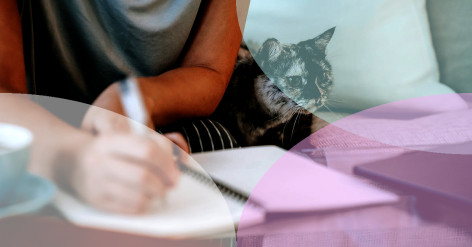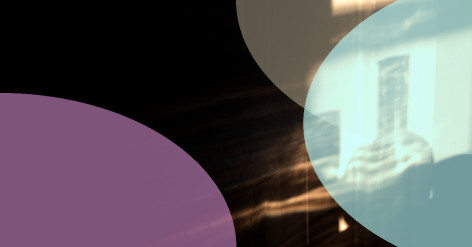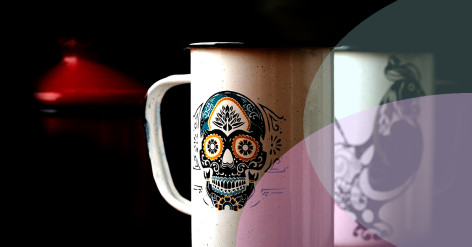Different Types of Clay: A Guide to Choosing the Best One for Your Pottery Projects.
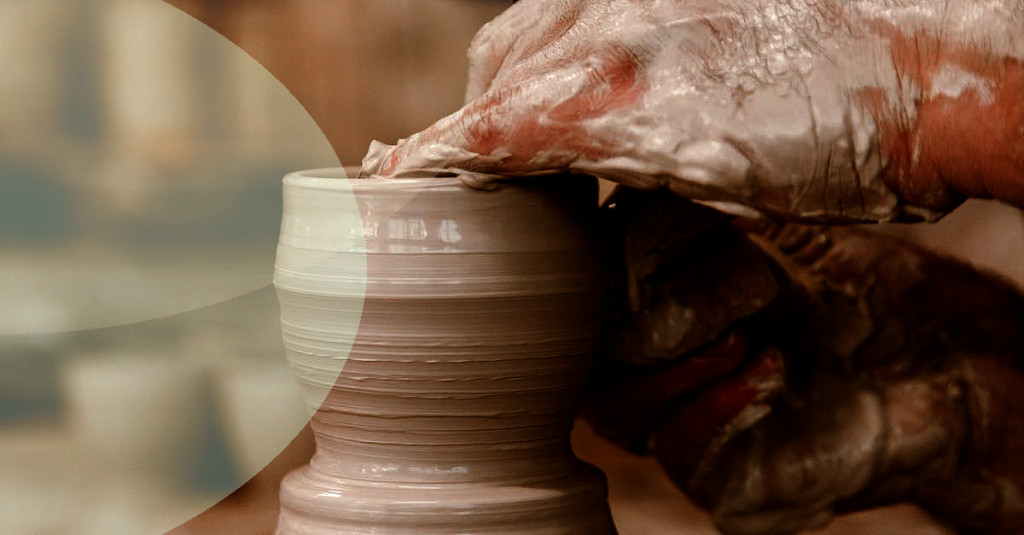
- 1. Earthenware: A Time-Honored Tradition
- 2. Stoneware: Robust and Reliable
- 3. Porcelain: Delicate Refinement
- 4. Ball Clay: Pliable and Versatile
- 5. Fire Clay: Resilient and Durable
- 6. Sculpture Clay: Embrace Your Inner Michelangelo
- 7. Paper Clay: A Modern Marvel
- 8. Mixing Your Own Blends: A World of Possibilities
- 9. The Perfect Clay: Artistry Meets Practicality
1. Earthenware: A Time-Honored Tradition
By XYZ Home & Garden Blogger
In the world of pottery, the adage "Not all clays are created equal" rings true. The beauty and quality of your work are greatly influenced by the type of clay used. But with so many options available, it can be challenging to pick the perfect fit for your specific project. Fret not, dear artist! This comprehensive guide will introduce you to the wondrous world of clay types, helping you make the most informed decision for your next masterpiece.
Table of Contents:
- Earthenware: A Time-Honored Tradition
- Stoneware: Robust and Reliable
- Porcelain: Delicate Refinement
- Ball Clay: Pliable and Versatile
- Fire Clay: Resilient and Durable
- Sculpture Clay: Embrace Your Inner Michelangelo
- Paper Clay: A Modern Marvel
- Mixing Your Own Blends: A World of Possibilities
- The Perfect Clay: Artistry Meets Practicality
2. Stoneware: Robust and Reliable

Arguably the most common type of clay, earthenware traces its roots back to some of the earliest civilizations. Renowned for its low-firing temperature (between 1700°F and 2100°F) and quick drying time, earthenware is widely used in both functional and artistic pottery. While it is less durable and more porous than other clay types, its malleable nature and diverse color spectrum make it an attractive option for various projects, from classical terracotta pots to intricate decorative pieces.
3. Porcelain: Delicate Refinement
For pottery that can withstand daily use, stoneware is your go-to clay. Its high firing temperature (around 2167°F to 2372°F) dramatically reduces porosity, resulting in stronger and denser pottery pieces. Stoneware is ideal for creating everything from dinnerware and bakeware to garden pots and vases. Halcyon shades of gray, brown, and tan dominate the stoneware color palette, offering a rustic charm that warms the heart and home.
4. Ball Clay: Pliable and Versatile

From elegant teacups to exquisite vases, porcelain is the epitome of sophistication in the pottery world. Its exceptional resilience and graceful appearance are due to its high firing temperature (around 2552°F). Although more challenging to work with, due to its low plasticity and propensity for warping, porcelain rewards the patient artist with a lustrous, glass-like finish that elevates any project to new heights of elegance.
5. Fire Clay: Resilient and Durable
Highly suitable for sculptural and functional pottery, ball clay is prized for its excellent plasticity and workability. It is often used in conjunction with other clay types to enhance workability and is particularly prized in the creation of intricate, detailed pieces. Ball clay's firing temperature ranges between 2381°F and 2552°F, resulting in a lustrous, vitreous finish that lends itself beautifully to both artistic and practical uses.
Related articles
6. Sculpture Clay: Embrace Your Inner Michelangelo
Known for its high heat resistance and durability, fire clay is a popular choice in the production of bricks, ceramics, and kiln linings. While its sturdiness and superior handling characteristics make it an ideal candidate for functional pottery, fire clay's versatility and ability to withstand temperatures up to 2912°F allow it to dazzle in the realm of artistic expression as well.
7. Paper Clay: A Modern Marvel
Specially formulated for sculpting and carvings, sculpture clay excels in creating large, complex, and detailed pieces free from the fear of sagging or collapsing. This versatile clay type can vary in composition, texture, and firing temperature to suit the needs of any ambitious sculptor. Brave the artistic unknown and embrace the boundless potential of sculpture clay.
8. Mixing Your Own Blends: A World of Possibilities
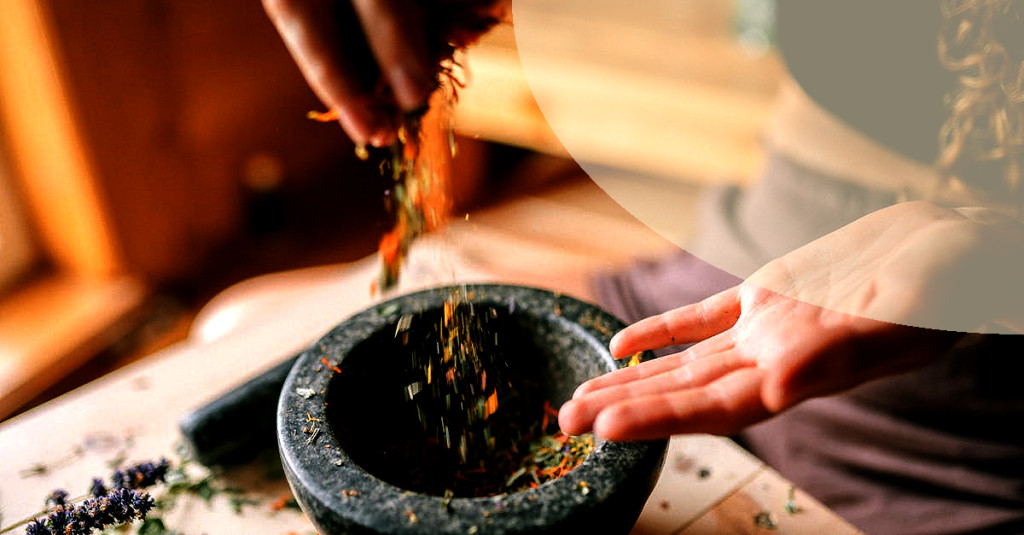
A contemporary addition to the pottery scene, paper clay revolutionizes the way we approach pottery. A unique fusion of clay and paper fiber, this innovative material retains the properties of traditional clay while boasting extra strength, reduced weight, and a decreased risk of cracking during the drying process. It can be fired at temperatures ranging from 1832°F to 2372°F, a testament to its incredible versatility.
9. The Perfect Clay: Artistry Meets Practicality
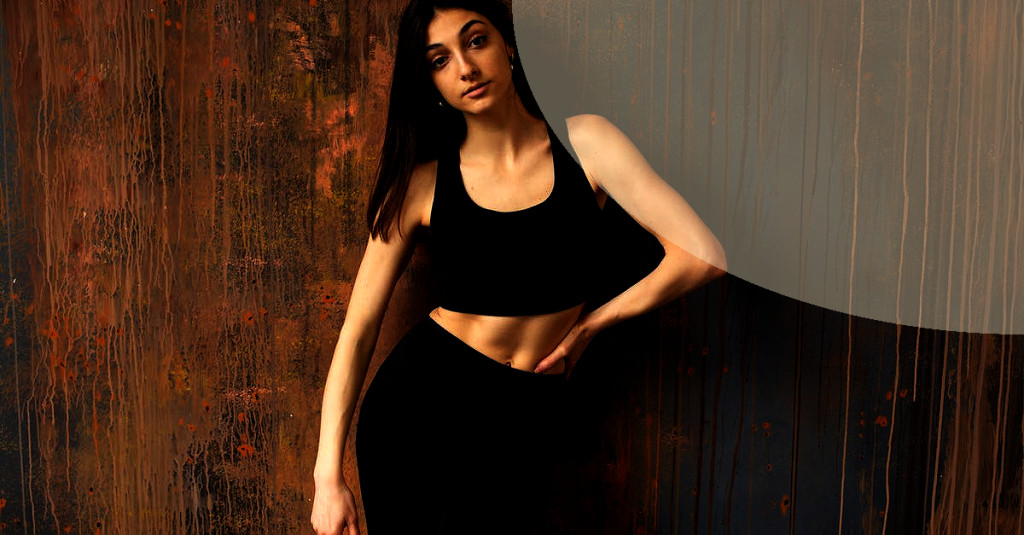
For the adventurous potter, mixing your own clay blend enables you to fine-tune its characteristics to align with your creative vision. Experiment with various components, such as grog, feldspar, and flint, to manipulate the clay's texture, plasticity, and firing temperature. Don't be afraid to think outside the kilnâblaze your own trail to pottery perfection.
In the end, the choice of clay boils down to a harmonious balance of form and function. Take into account the scope, style, and purpose of your project, as well as your skill level and artistic preferences, to find the type of clay that serves as the ideal foundation for your pottery dreams.
With a deeper understanding of the diverse world of clay types, it's time to turn your creative vision into tangible art. Nurture your passion for pottery, and embark on an exciting journey of self-expression that enlightens and inspires. Happy crafting!

